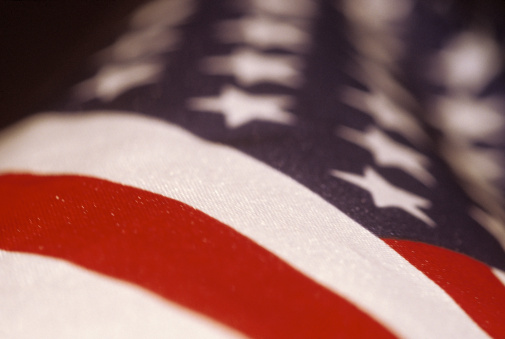Economy
The Multi-Billion Dollar Economic Contribution of Memorial Day
Published:
Last Updated:
Get ready for a busy travel session this Memorial Day weekend. While this national holiday has no real gift-giving associated with it, Memorial Day has a big contribution to the economy. It marks the official start of the summer break for many students and families, and it is the unofficial start of summer for the rest.
In short, this is a huge economic event. It is not just the money spent on gasoline. It is the airline tickets, hotels, car rentals, extra meals out, alcohol, sun block and myriad of other things that get purchased along the way.
AAA has forecast that Americans will drive more this Memorial Day than last year — some 36.1 million people will drive more than 50 miles from home during the holiday weekend. This is a gain of 1.5% from 2013, but it is the second highest in travel volume since 2000. This gain may not just be the gain in the employment picture nor the economy — AAA said that rising temperatures and improvements in several key personal economic factors are driving the expectation for more holiday travelers this year.
AAA showed that more than eight in 10 travelers will go to their destination by car between Thursday May 22 and Sunday May 26. Fortunately, there has not been a major change in gasoline prices from last year.
ALSO READ: Why Are There 115,000 (or 150,000) Gas Stations in America?
Holiday air travel is now expected to rise by 2.4% to 2.6 million leisure travelers. Also, other modes of transportation including cruise, trains and buses were projected to get the best boost of 6.5% to another 1.7 million travelers.
Travelers are also expected to see slightly higher prices, with airfares some 6% higher (thanks airline mergers!), mid-range hotels up 2% and car rentals costing 1% more than in 2013.
So, what is it all worth? It piles up quickly. AAA used $3.63 or slightly higher per gallon of gasoline. Other considerations are as follows from the AAA’s Leisure Travel Index:
If we try using some highly rounded numbers, at three days and nights, we can get an idea of what gets spent. It is massive:
So, the grand total for the travelers is somewhere close to $4.8 billion.
ALSO READ: Four Seasons Launches Flying Luxury Hotel
Keep in mind that this is just the calculation from the travelers, and it is using some guesswork on raw numbers, but should give a fair benchmark. Now consider those other 270 million or so Americans who are having a “staycation” for the three-day weekend. If you use no money on the hotels, long-distance gasoline travel, airline and the like, and pretend that just one-third of the Americans will have the extra $40 in assumed expenses, that is another $3.6 billion that they would have spent.
Our guess is that the numbers are even much more than this. We admit that many of the numbers are guesses, but we included not a dime from incidental clothing, hats, luxury items and the like. What you can see is that Memorial Day is easily worth billions to the economy.
Retirement planning doesn’t have to feel overwhelming. The key is finding expert guidance—and SmartAsset’s simple quiz makes it easier than ever for you to connect with a vetted financial advisor.
Here’s how it works:
Why wait? Start building the retirement you’ve always dreamed of. Click here to get started today!
Thank you for reading! Have some feedback for us?
Contact the 24/7 Wall St. editorial team.